Leading UX — My Introduction
I led the University of Toronto’s User Experience & Process Design team to create impactful products and services ranging from rapid proofs of concept to multi-year enterprise initiatives.
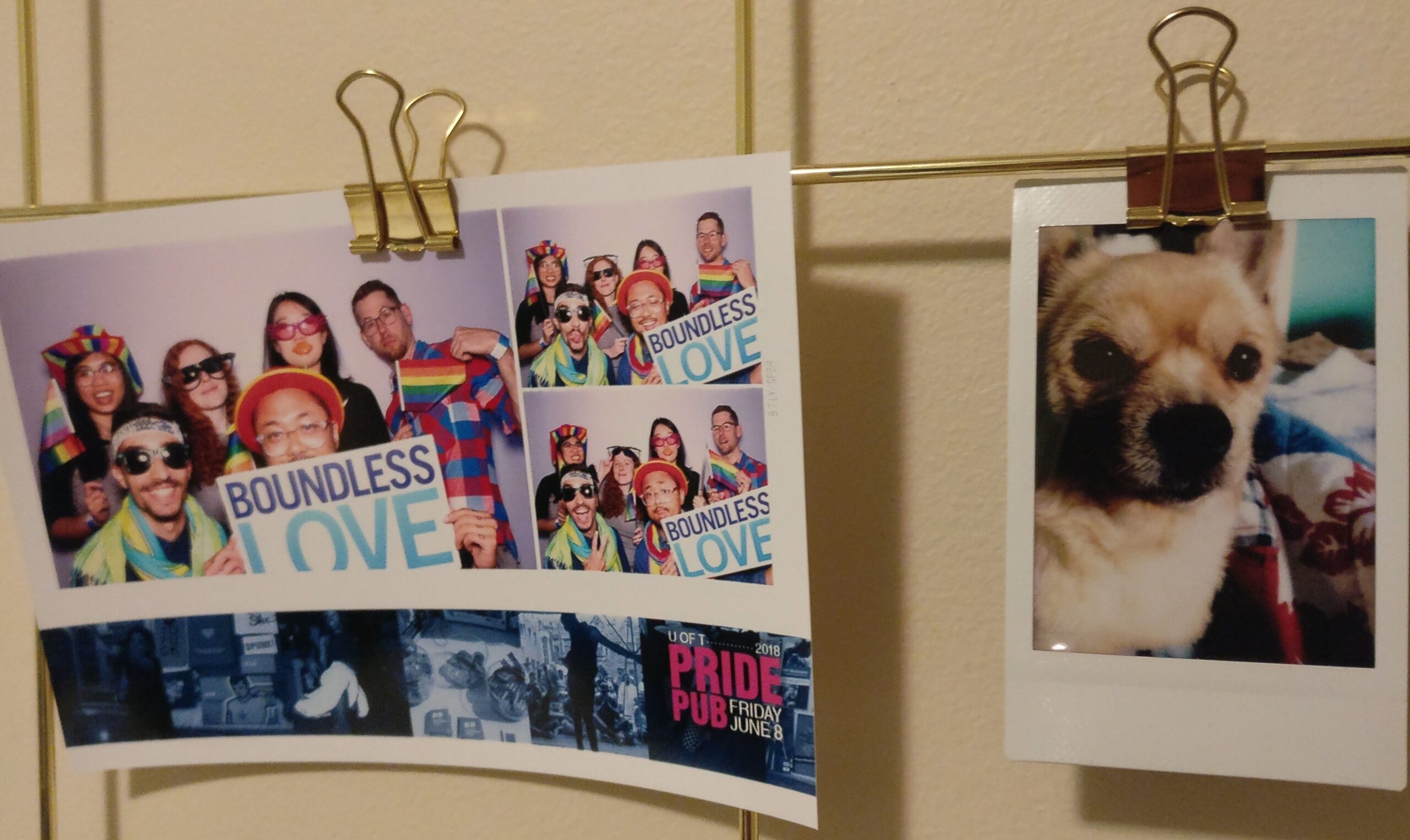
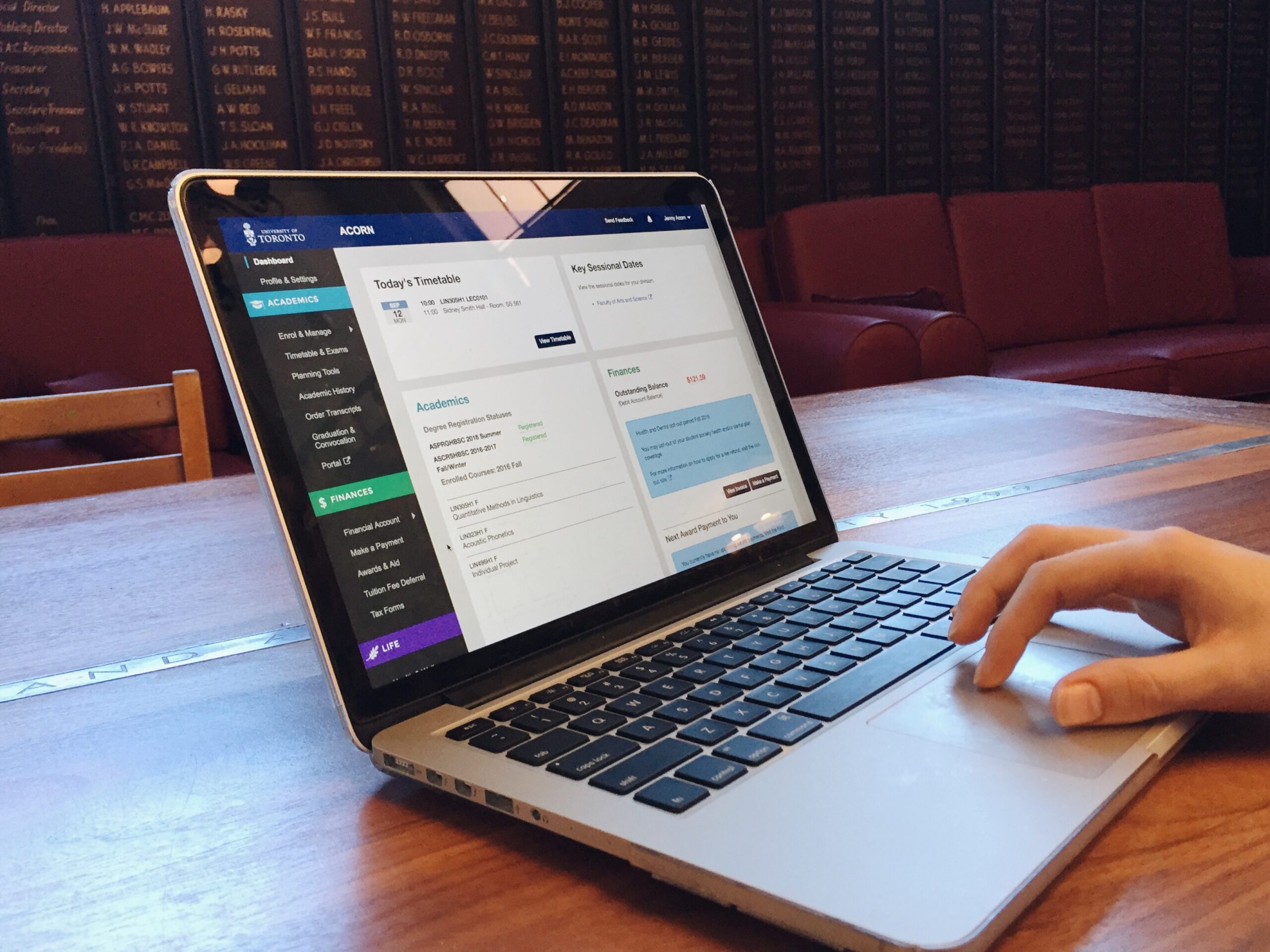
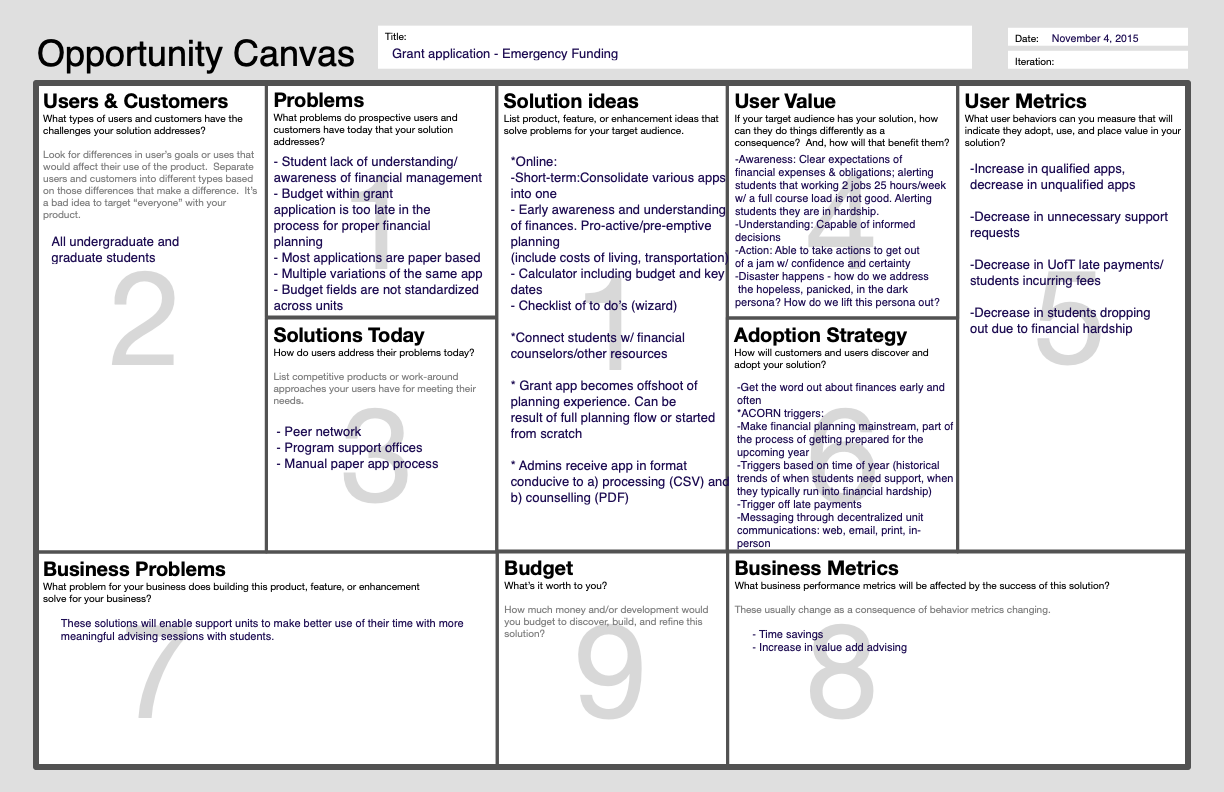

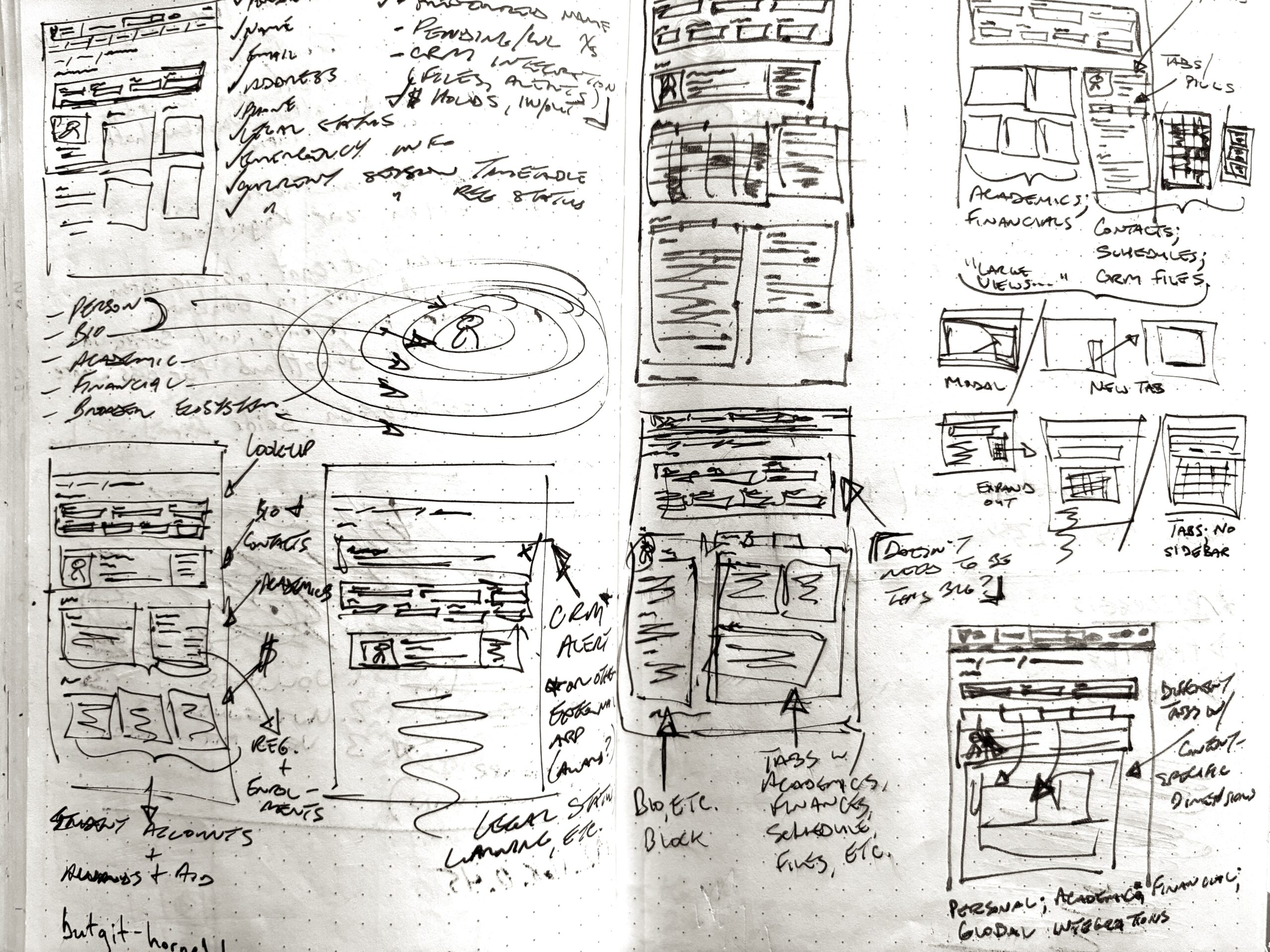
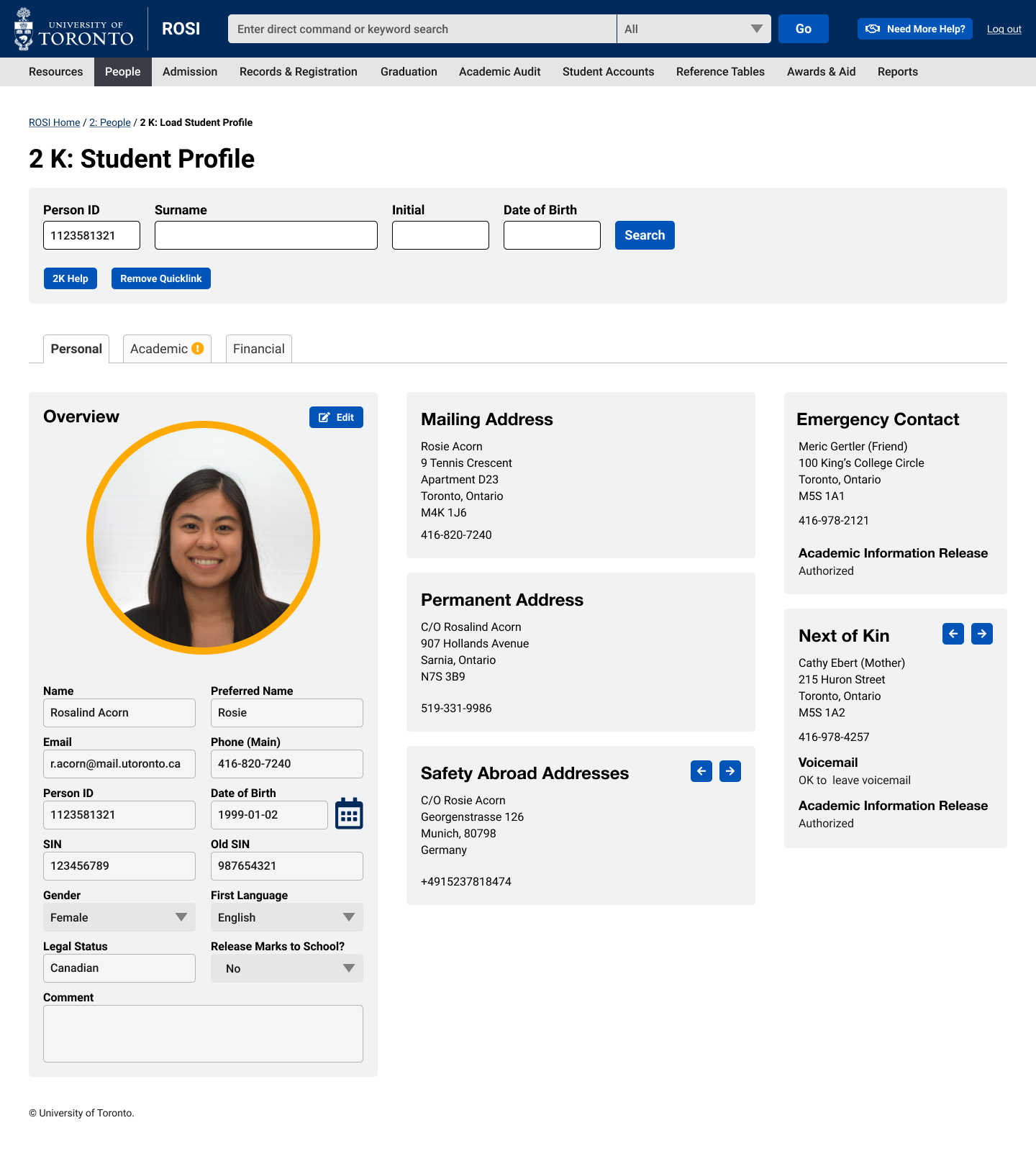
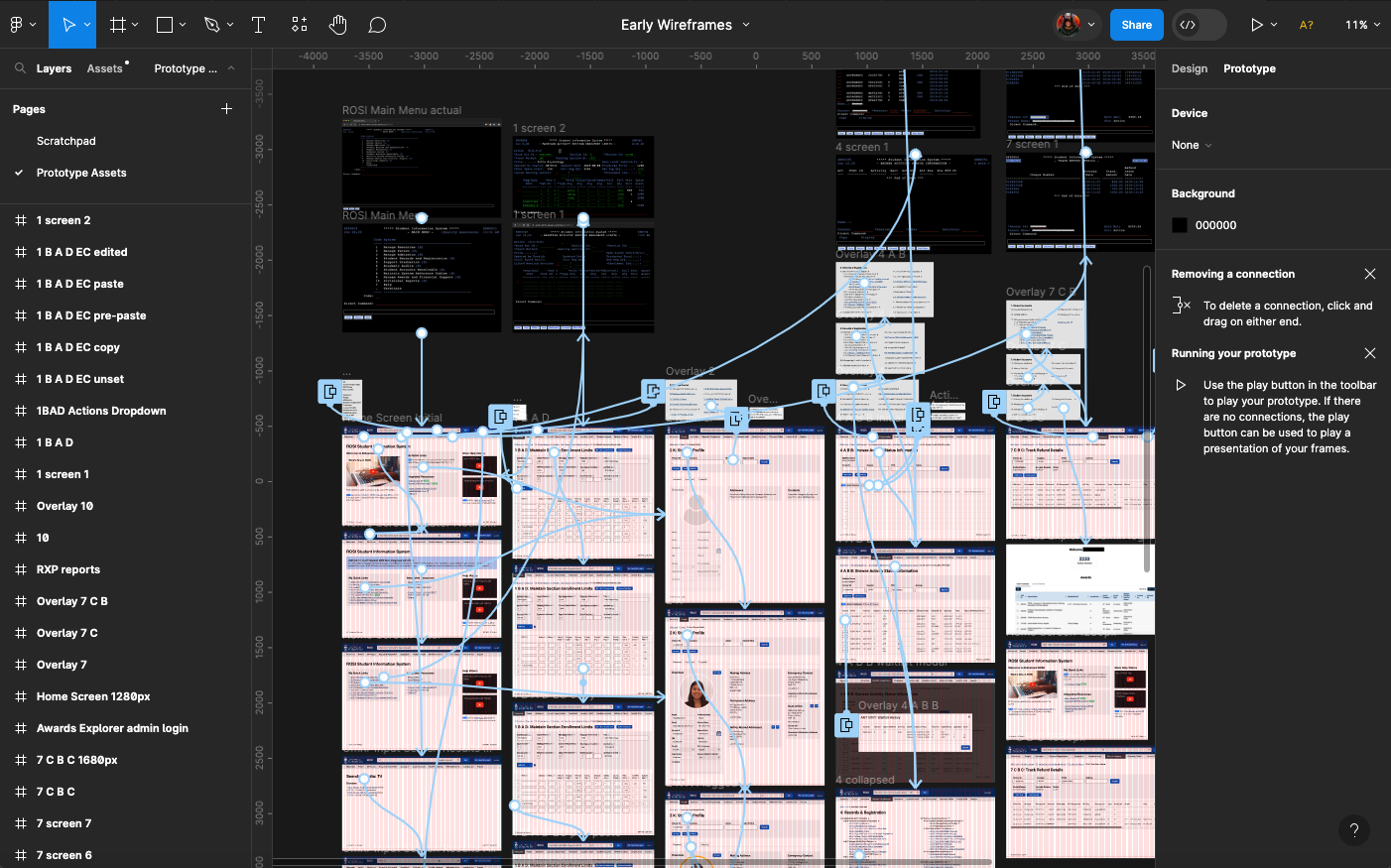

The challenge: In addition to ensuring my team conducted high-quality work, my goal was to set a group of engaged practitioners up to thrive in a challenging environment.
The solution: To lead my team, I advocated for and modelled empathy, interdisciplinary collaboration, effective communication, mutual support, and professional development.
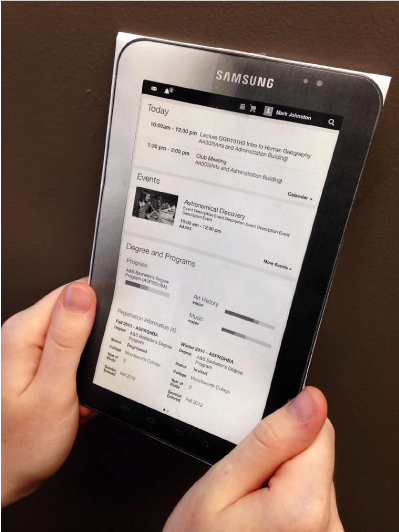
1. An application’s dashboard during an early paper prototype-based usability testing session. “Just enough process” goes a long way.
Appropriate supports and workplace structures can facilitate practitioners of all experience levels to make high-value contributions. I explain some of these next.
2. Yours truly and others during a busy product launch day, monitoring systems and liaising with stakeholders.

Team Values
My team went generated and then refining words and ideas that exemplified the values we wanted embody. The values we developed were: Empathy, Community, Advocacy, Value, Respect, and Initiative. Our graphic designer collaborated with the rest of the team to design the following posters.
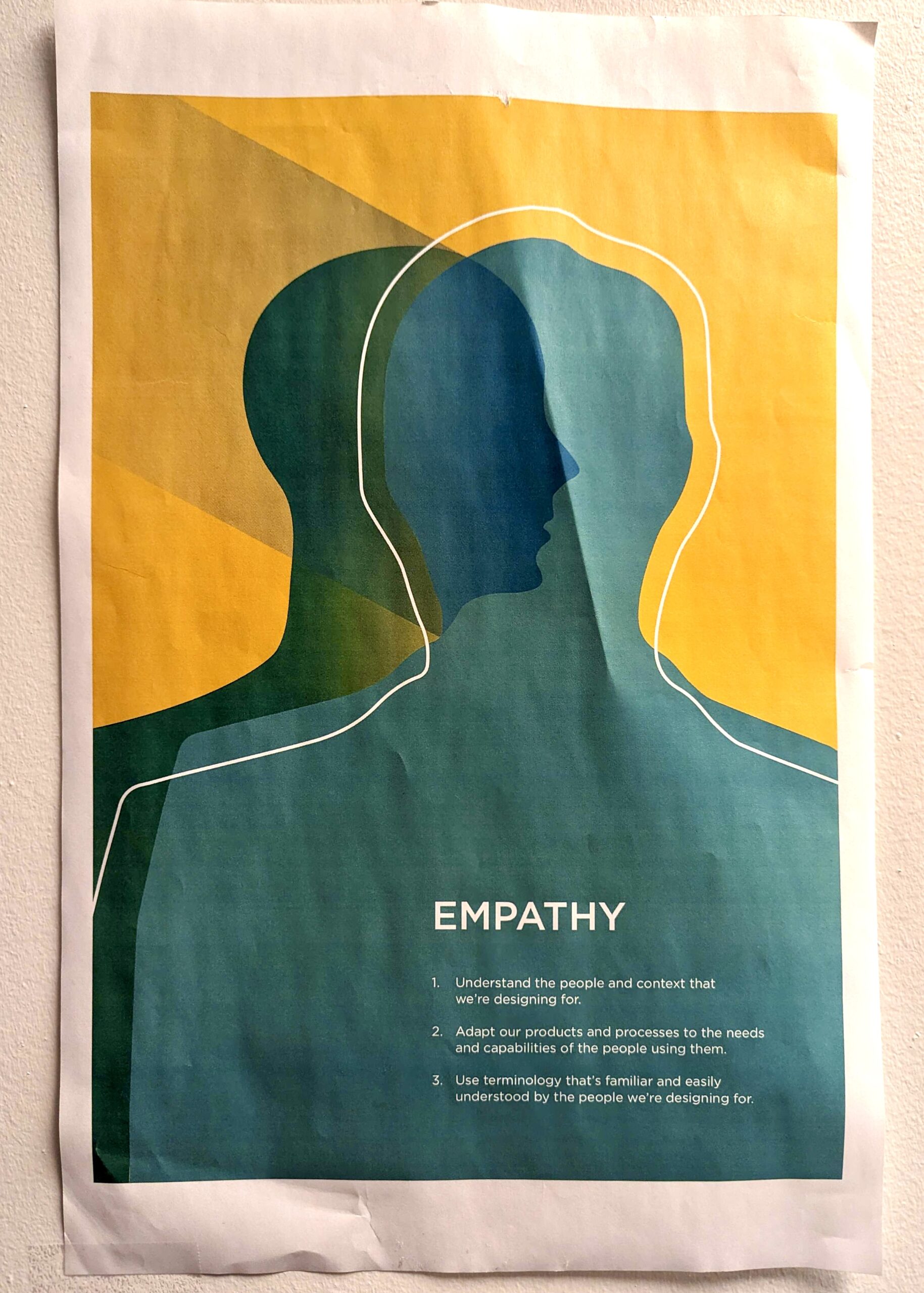
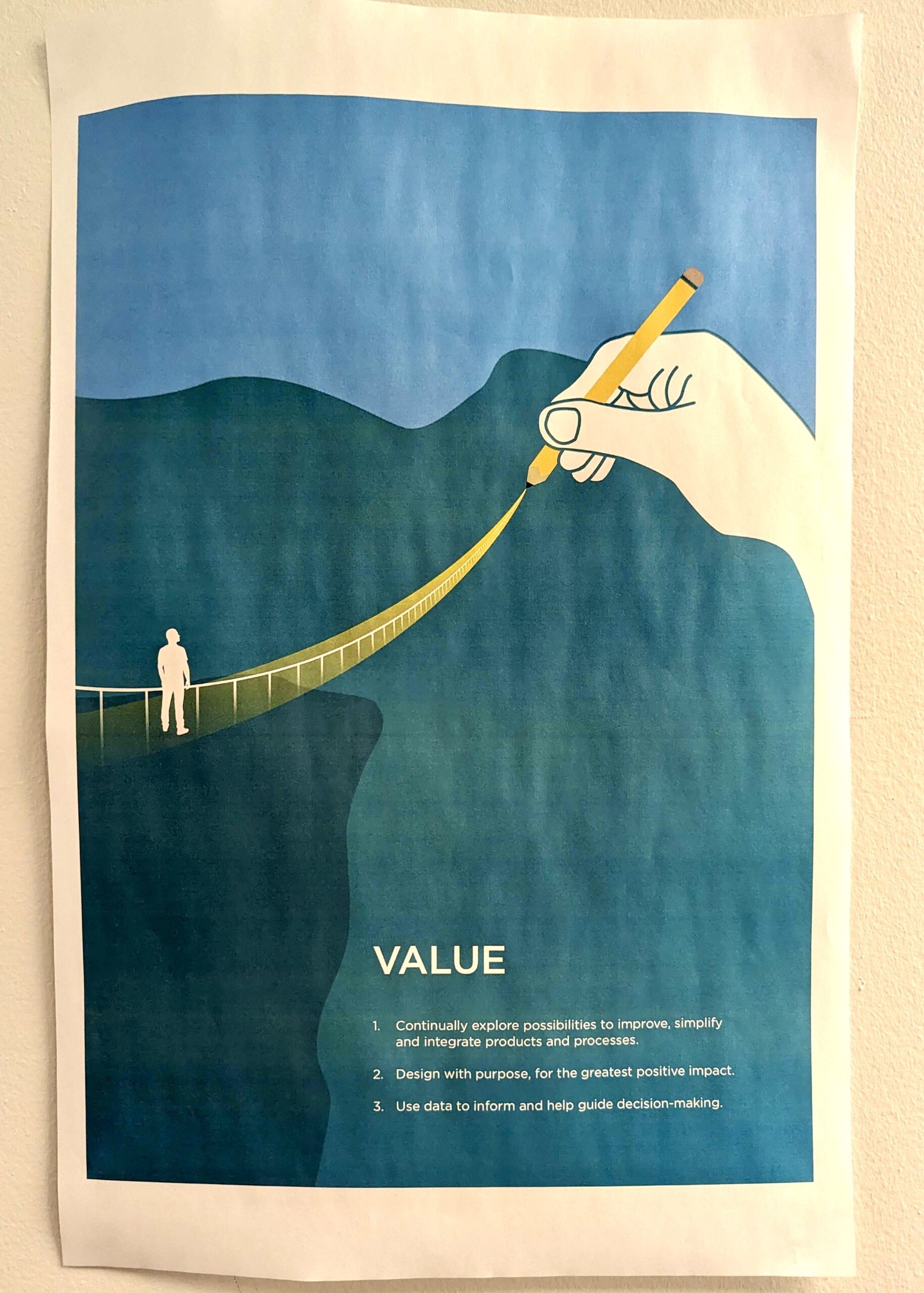
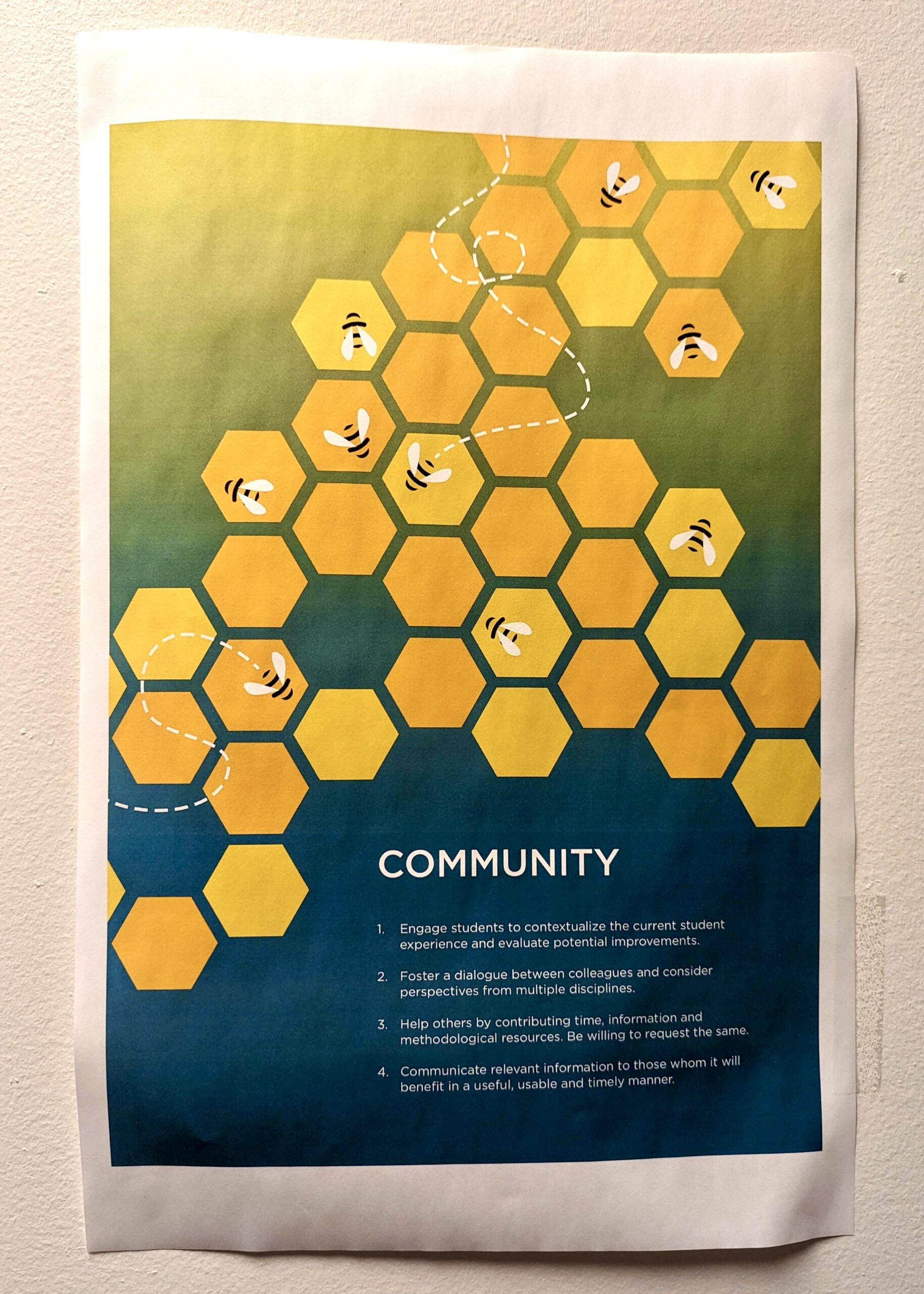

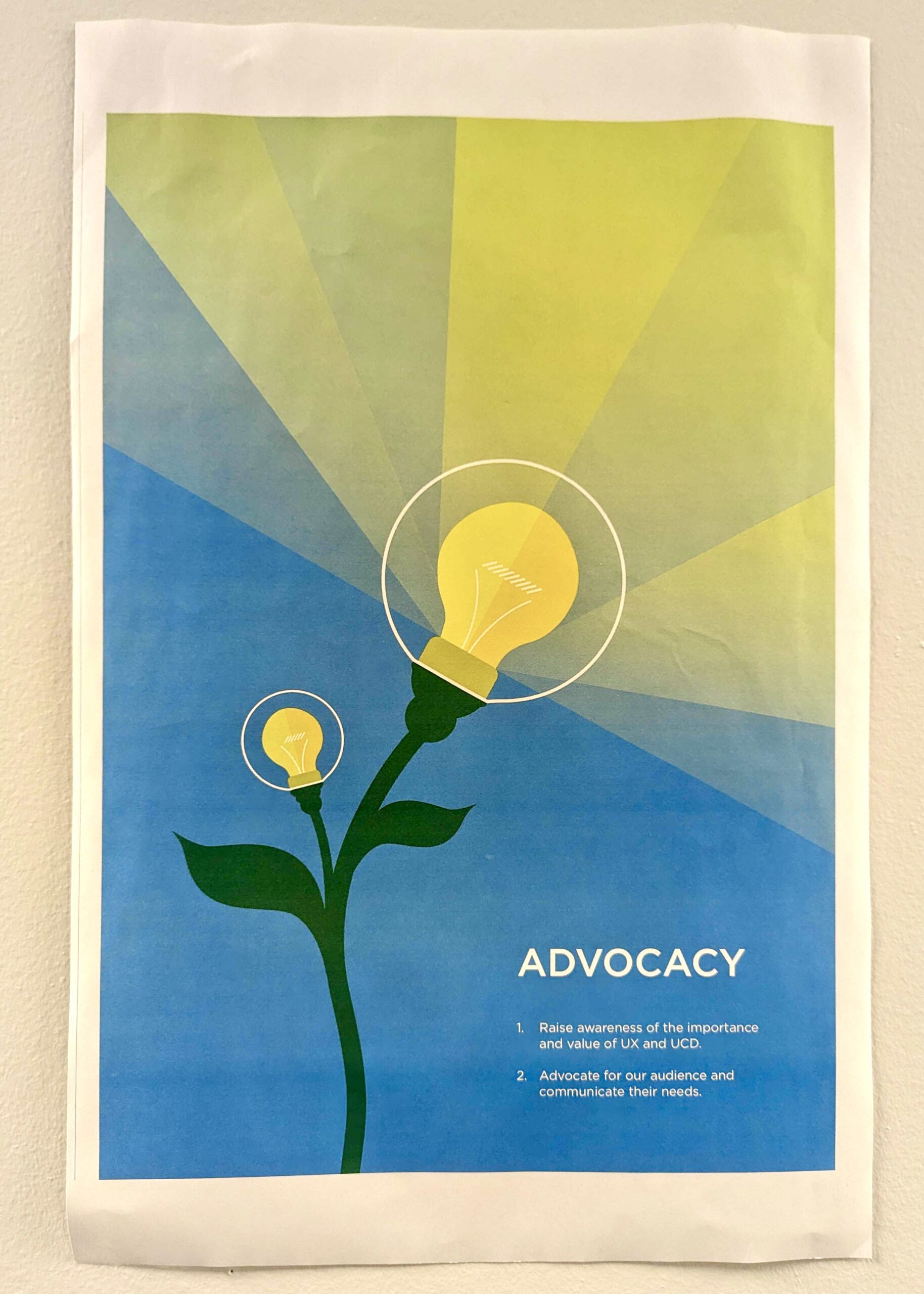
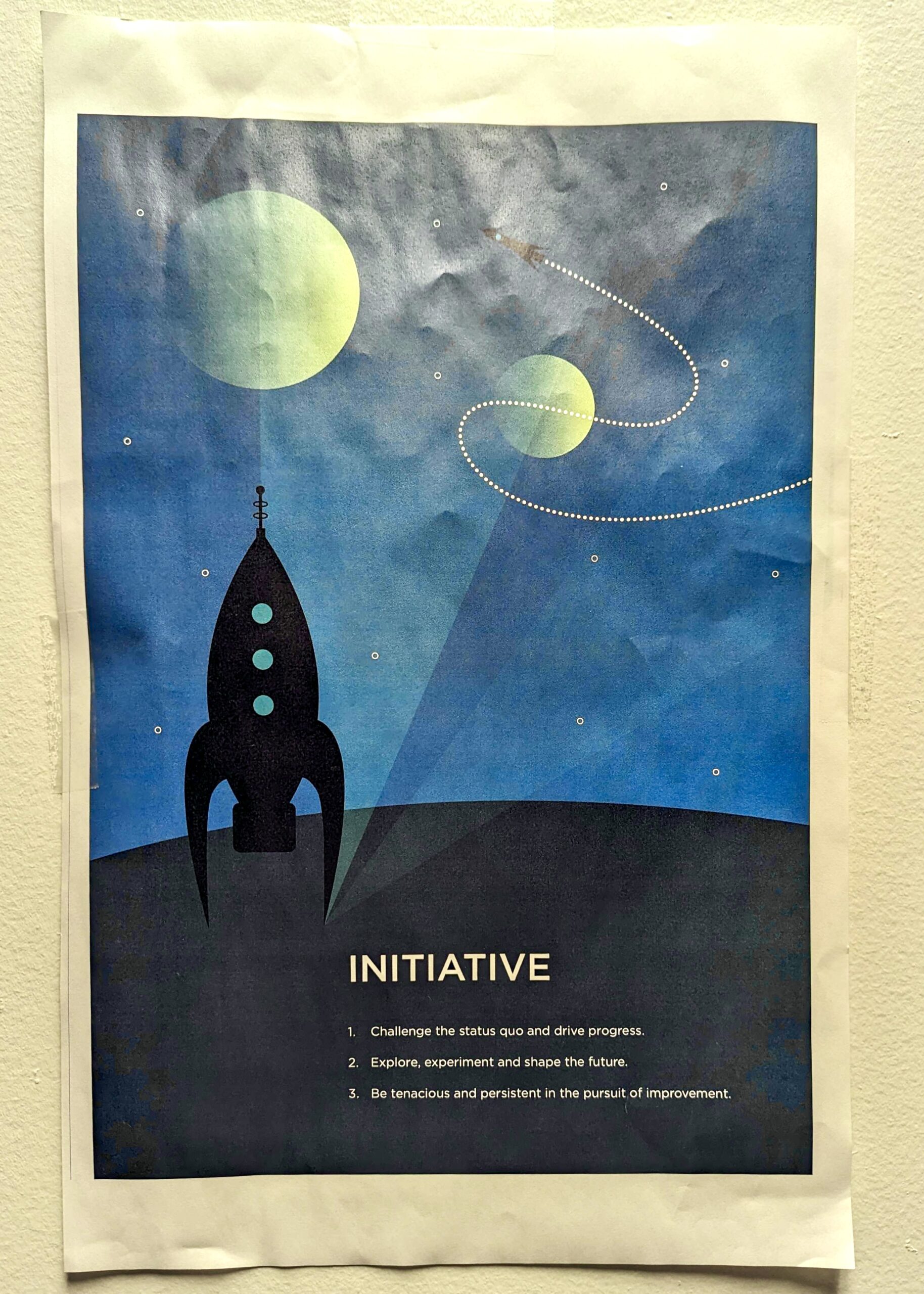

Team Composition
I’m a proponent of generalist skill sets and for people to develop “T-shaped” skills (i.e. a broad generalist skill set with additional depth in a specific domain). This offers valuable redundancies within a team as well as specific expertise in important sub-disciplines.
As the team’s manager, I hired with this composition in mind, selecting applicants who demonstrated a range of competencies as well as a specialization that could bolster the team’s overall capabilities. Through synergistic pairings during project work and team-based knowledge sharing, this led to practitioners broadening their interests and cross-pollinating their expertise with that of others.
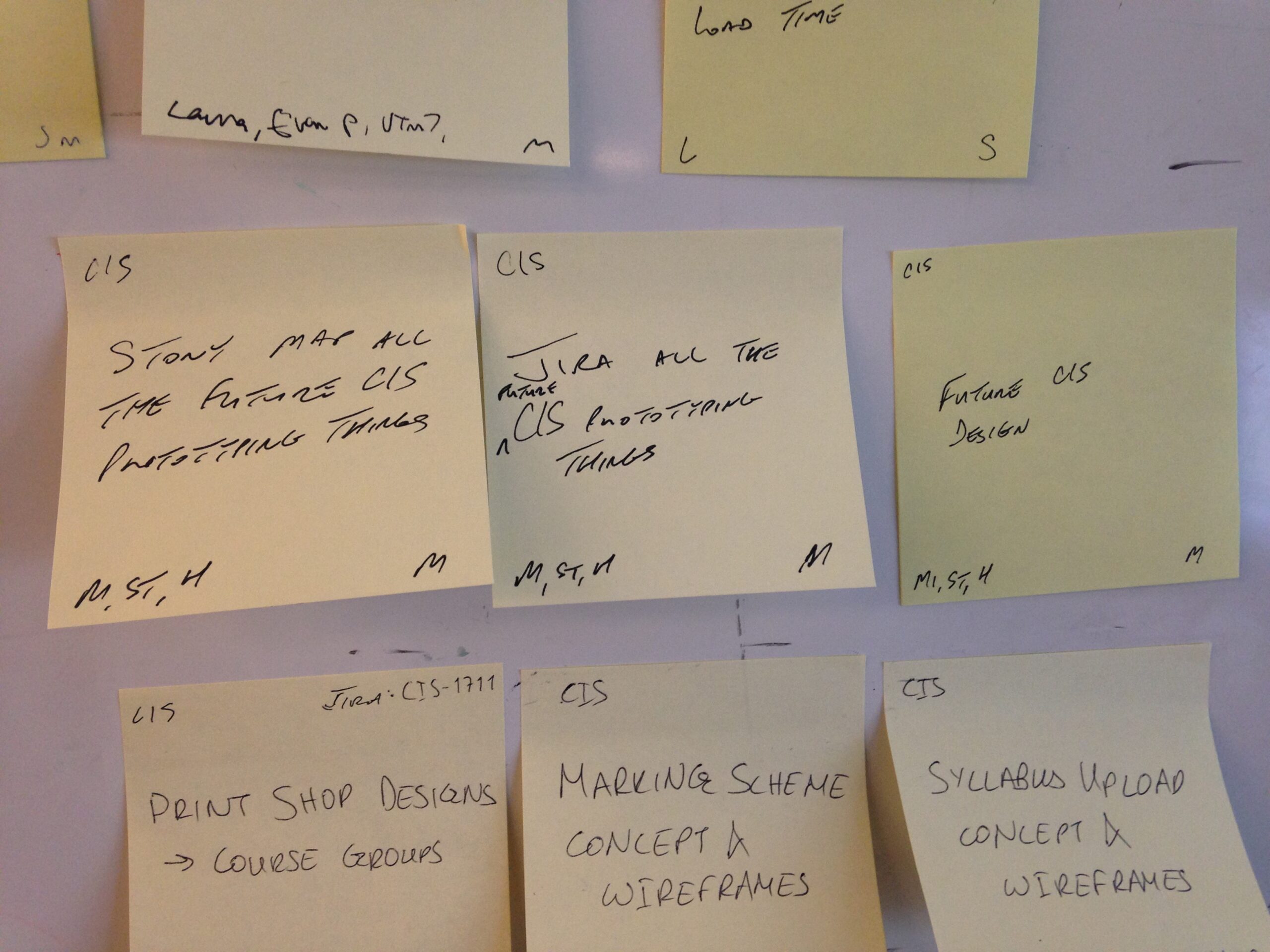
Stand-Ups
I like to begin each week with an online or in-person Kanban-style team stand-up of upcoming, in-progress, in-review/testing, and completed tasks. This informs everyone of our current objectives, progress, as well as where assistance is needed (e.g. flagging a problem to address in a working session, identifying a subject matter expert to contact, etc.).
Project-specific stand-ups are also attended as appropriate by relevant team members. In my experience these have often been Agile Scrum-based.
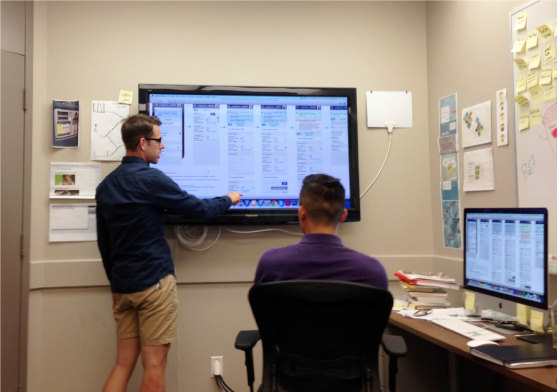
Critiques
My team conducted weekly critiques of current design and research work in progress. These critiques were not a forum to solve problems, but to express, question, and clarify the goals, success criteria, and rationale of current work that could reveal problems and suggest a path towards resolving them. This served a dual-purpose: To offer constructive input on the presented work, as well as to foster learning of all parties involved (i.e. those presenting their work as well as the rest of the people commenting on it).
Following critiques, practitioners would typically revise their work accordingly and/or bring outstanding problems to subsequent team working sessions.
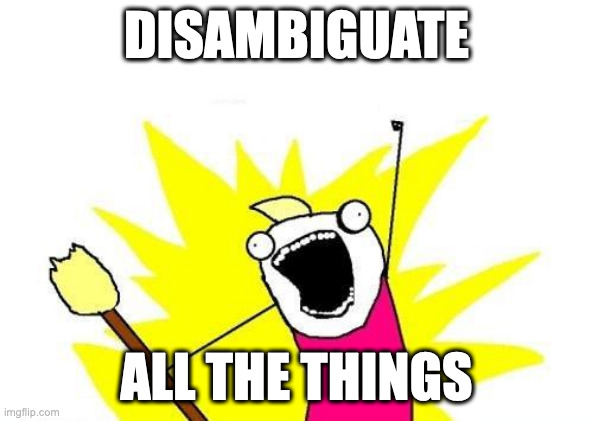
Working Sessions
Problem-solving working sessions offer an opportunity to solicit broader input for people facing an impasse or at a significant decision point in their work (e.g. considering important questions to ask in an upcoming research study, or the merits of using one established design pattern versus another). Many sketched whiteboard ideas and “how might we” questions occur in these sessions.
Relevant members from development and business analysis teams, as well as other subject matter experts were also invited to offer their initial assessment of the feasibility of UX ideas, voice their own ideas, as well as check assumptions and clarify (mis)understandings held by different people.
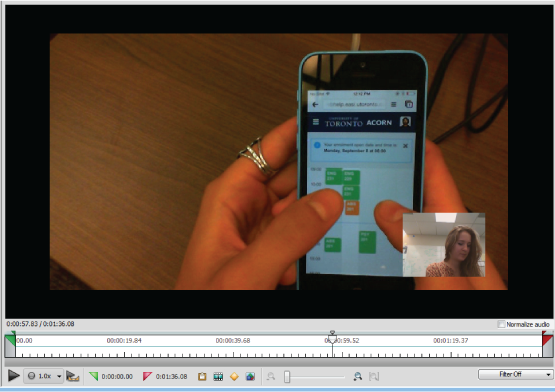
Research & Testing
Ongoing research activities were core to our human-centred approach. We conducted project-specific research on a continual basis, such as interviews, focus groups, surveys, card sorts, site visits, job shadowing, usability tests, accessibility audits, and more. This research was typically conducted with the actual people who would be directly impacted by our work, as well as other close stakeholders.
Findings from this research helped establish early understandings of context and priorities, while later activities were crucial to iteratively refine designs, ensure course corrections were made, and validate a sound design intent before more time and money were committed to development in earnest.
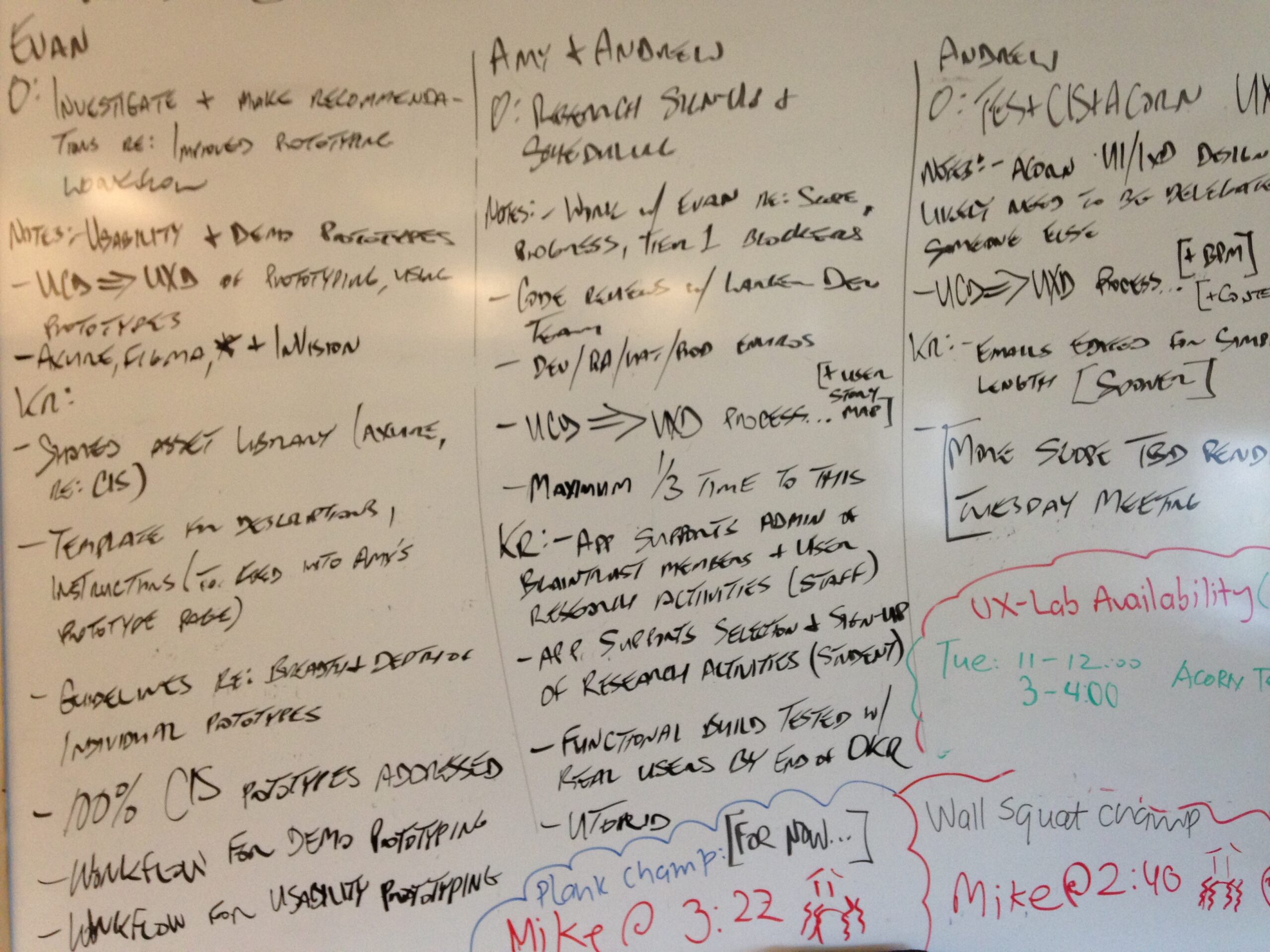
1:1s
With a team ranging from six to eight direct reports (typically UX practitioners, as well as the occasional graphic designer or full-stack developer), I conducted weekly one-on-one meetings with each person to check in with them, as well as give and receive feedback. We would note how the week had gone, how things could be improved in the future, as well as discuss progress towards project and professional development goals (structured as personalized objectives and key results, or OKRs).
These 1:1s varied in specific characteristics between individuals, though all made me cognizant of each team member’s practical and personal needs.
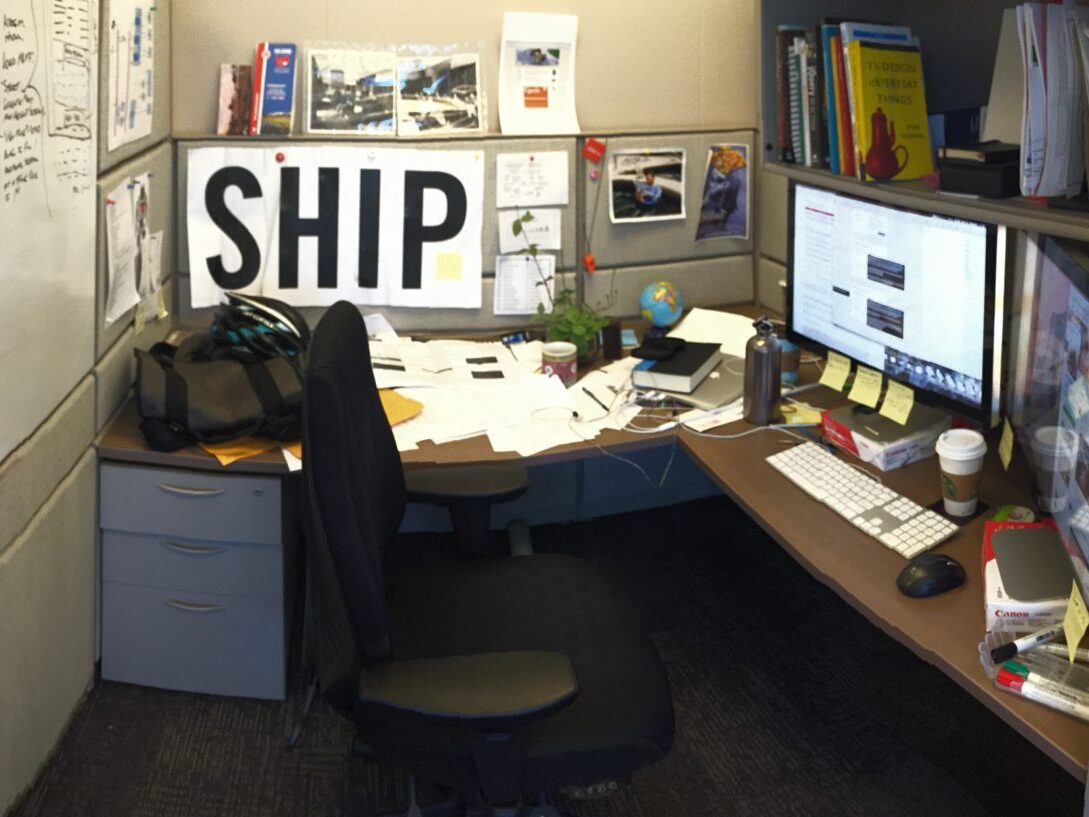
Professional Development
My team was based at a university where life-long learning was woven into the fabric of our workplace. Some of my team were graduates of the university’s UX Master’s degree program, while others were enrolled in that program on a part-time basis or preparing to begin their continued studies.
Additionally, we enjoyed reading new titles from relevant publishers, and of course shared some of the classics in our team library.
I ensured that my team attended and presented on their learnings from popular UX conferences.

Collaboration Fridays
Collaboration Fridays were an opportunity to come together as a team each week to reflect on how the team was doing, such as review our respective OKRs, the week’s “social media hot drama and effusive praise” pertaining to our products and services, work through any outstanding issues, and engage in professional development (e.g. attend an off-site/remote event or present a personal interest topic).
This activity is an energizing morale booster at the end of a workweek and an opportunity to build team cohesion, as well as to learn and develop our skills.
The Student Advisory Team
We created a 1000+ person collective of engaged students representing U of T’s different communities to join is in ongoing research and design activities.
We engaged students to establish baseline understandings, during design and development, as well as for continual input and improvement after product and service launches.
I planned much of the strategy for our larger research efforts, worked with my team to determine protocols for upcoming research activities, as well as helped conduct some of the individual sessions and data analysis.
Due to students graduating from the university, I led efforts to continually replenish the braintrust’s numbers through ongoing promotion and collaboration with student groups and other on-campus organizations.
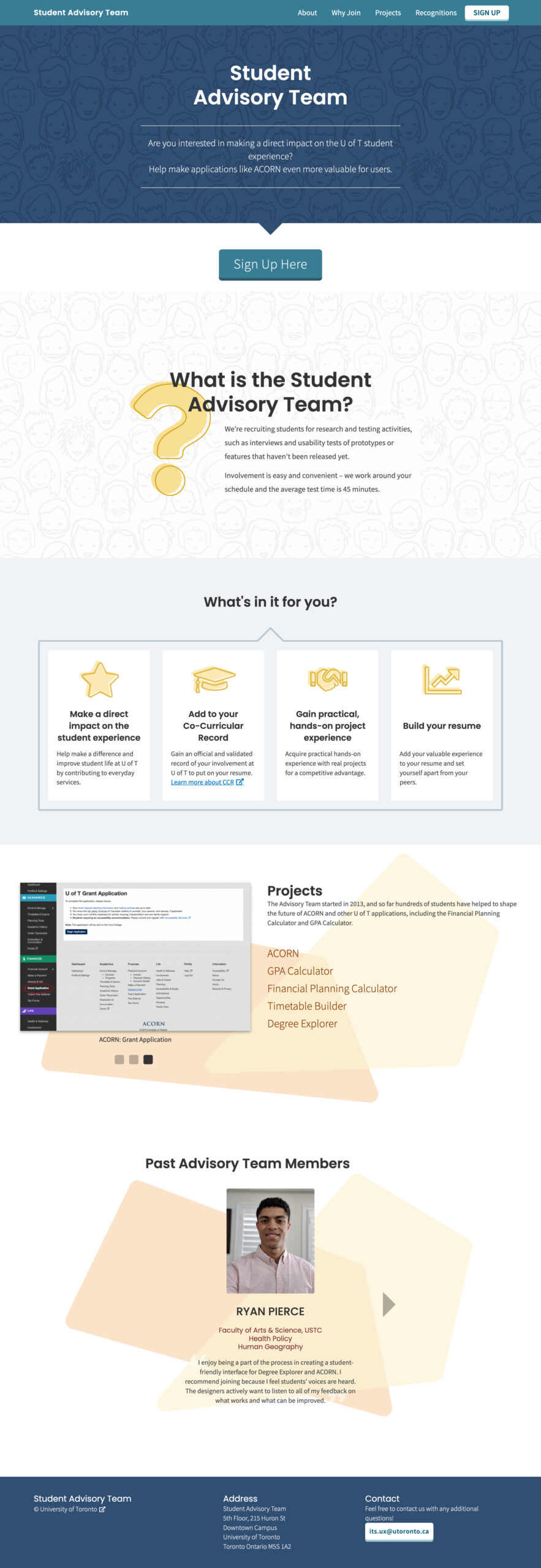
In Summary
After 5 years of completing numerous initiatives as part of the Next Generation Student Information Services Program, the work my team accomplished saved the university CAD $2,523,404 (from productivity, materials, and infrastructure savings), 9 tons of paper waste (from digitalization efforts), and 12,295 employee hours (from more effective tools and self-supporting aids) (source: Next Generation Student Information Services Project Summary Report: January 2017 – September 2018). My team was twice recognized with the University of Toronto Excellence Through Innovation award for our accomplishments during this period.
I was proud to see the work we had accomplished helping students lead better lives during their time at U of T.